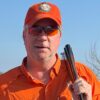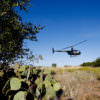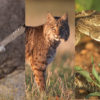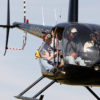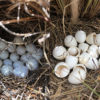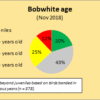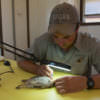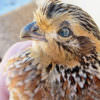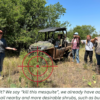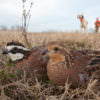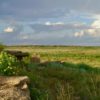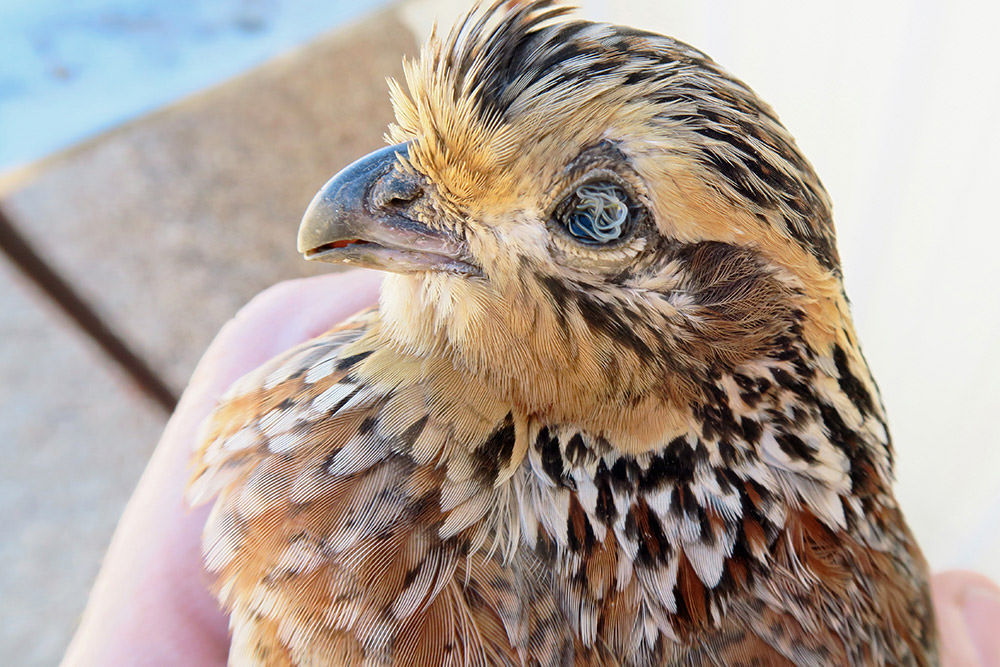
The 2024/2025 quail hunting season marked a significant step forward in understanding parasite dynamics in wild bobwhite populations, thanks to a collaborative study between the Rolling Plains Quail Research Foundation (RPQRF) and Park Cities Quail Coalition. As part of this pilot initiative, parasite assessments were conducted on hunter-harvested quail from across the Rolling Plains Ecoregion, focusing on two common and impactful parasites: eyeworms and cecal worms.
Samples were submitted from 24 ranches, totaling nearly 400 birds examined for parasitic infection. Among these ranches, 8 had implemented the use of QuailGuard—a medicated feed designed to reduce internal parasite loads—starting in late fall 2024. Although these ranches had only undergone a single treatment cycle, the preliminary results offer encouraging insights.
Across the entire ecoregion, the average prevalence of eyeworms in bobwhite quail was recorded at 80.2%. Adult birds exhibited an average intensity of 15 eyeworms per bird, while juveniles averaged 6. Cecal worms showed an even higher prevalence: 93.5% of quail were infected, with adults harboring an average of 182 worms and juveniles 125.
However, when partitioned by treatment, a downward trend in parasite loads emerged among birds from QuailGuard-fed ranches. Eyeworm intensity declined from 9.15 worms per bird on non-medicated properties to 6.84 on medicated ones.
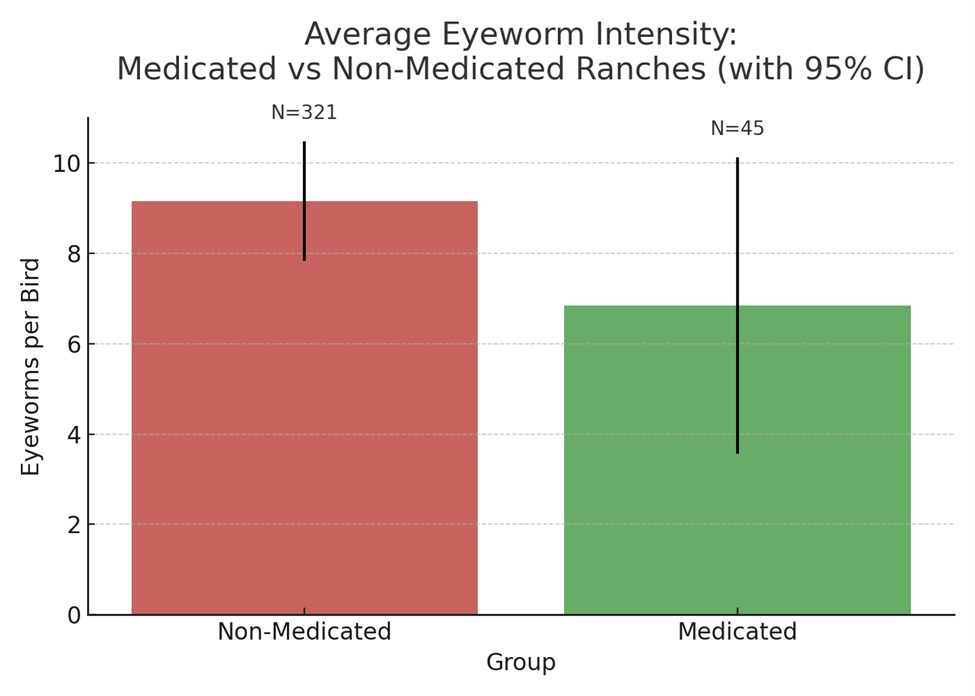
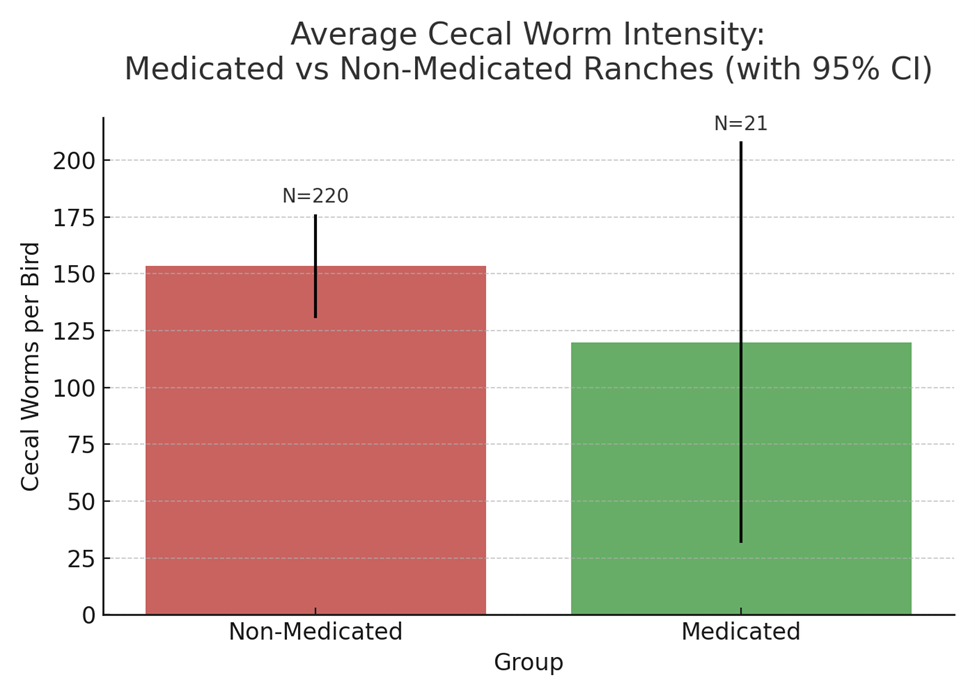
Similarly, cecal worm intensity dropped from 153.48 to 119.95 worms per bird. Though not statistically significant due to sample size, these findings suggest a biological effect worth deeper exploration.
One particularly informative case came from a single ranch where both medicated and non-medicated feed areas existed side-by-side. Quail harvested from the medicated area showed dramatically lower parasite burdens—averaging 4 eyeworms and 186.17 cecal worms per bird—compared to 15.64 and 305.45, respectively, in the non-medicated pastures.
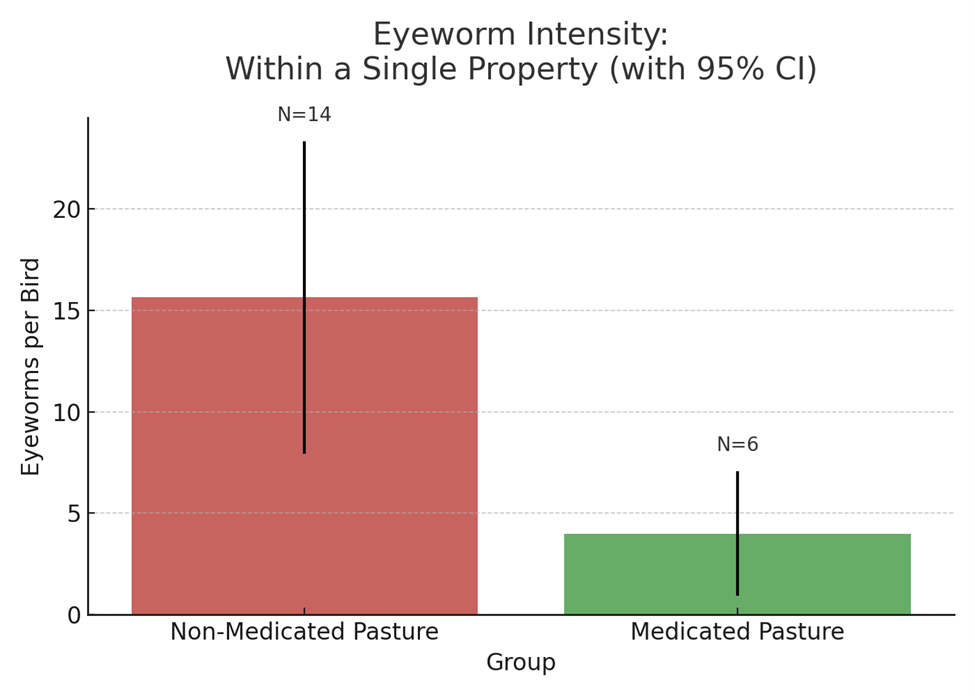
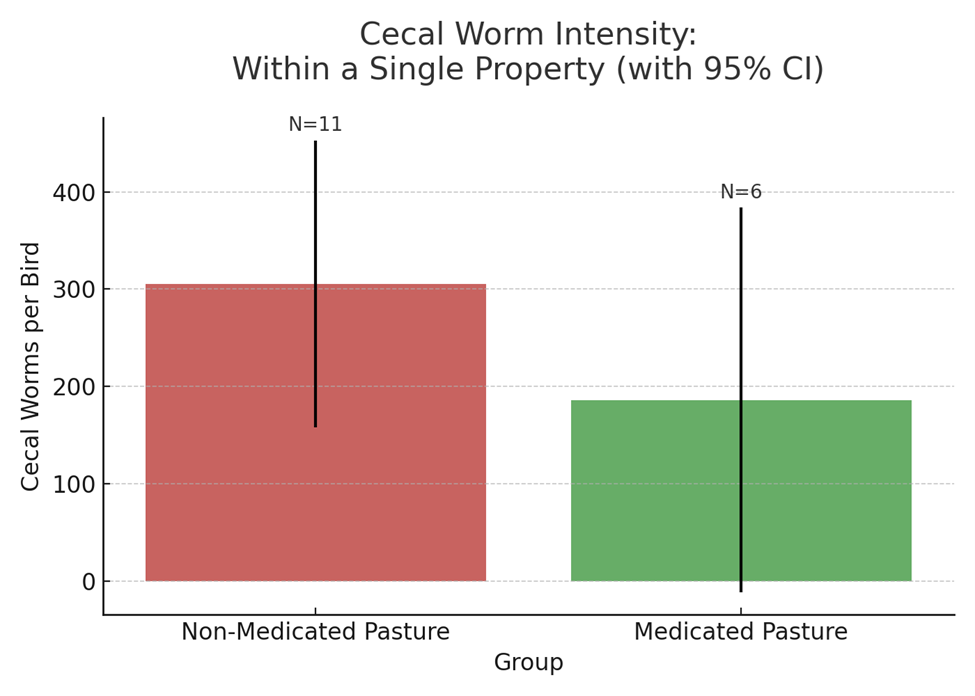
While the pilot data from fall 2024 showed promising early effects of medicated feed, the Snipes Ranch in Stonewall County offers a compelling long-term perspective. After seven consecutive years of administering QuailGuard, the intensity of parasite infection on this property has dropped markedly. Eyeworm counts averaged just 2.94 per bird, and cecal worm counts averaged 51.51—both significantly lower than the regional averages of 15 and 182, respectively. These results suggest that long-term implementation of medicated feeding can yield sustained reductions in parasite load.
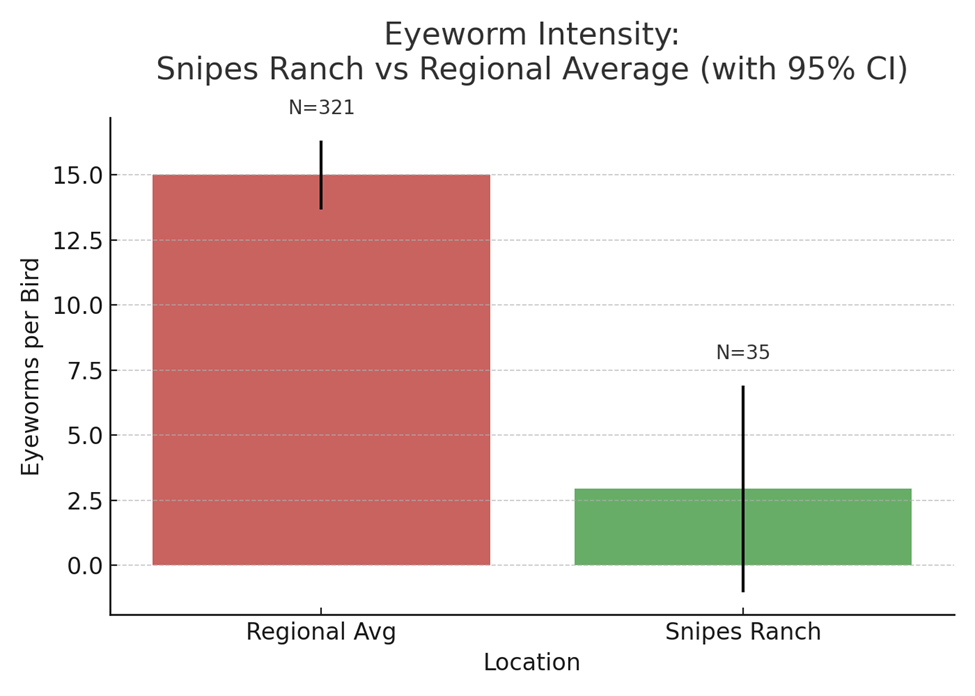
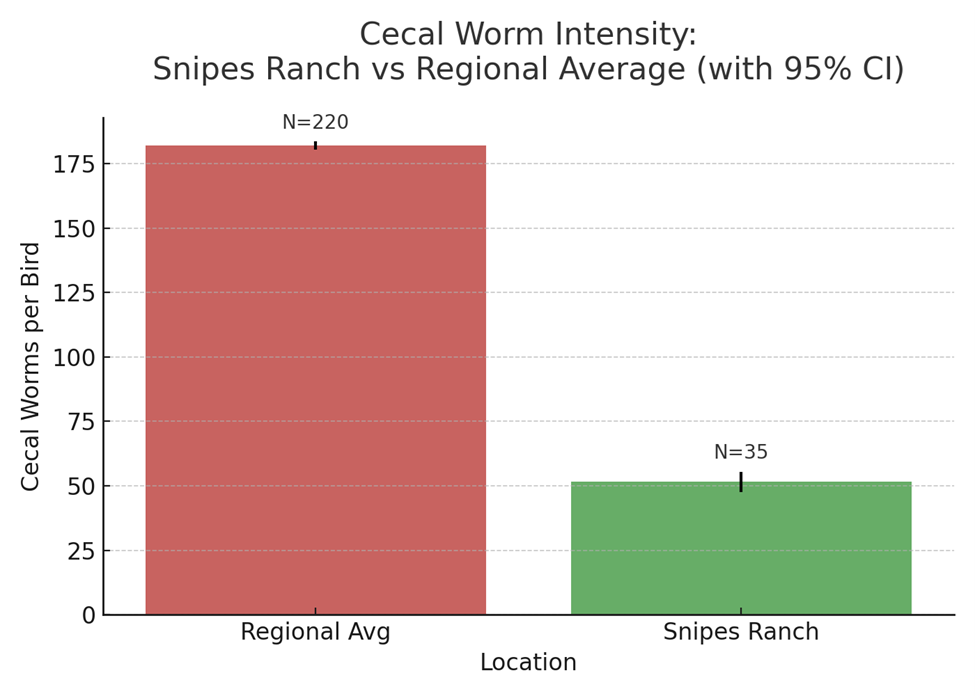
Despite the lack of statistical significance in the data at this point, we are cautiously optimistic QuailGuard may be efficacious in reducing parasite loads in wild quail. More robust data is needed to draw definitive conclusions, but this pilot effort suggests that even a single season of medicated feeding can result in a measurable reduction in parasite load. However, as researchers we still need to determine if reductions in parasite loads in quail translate into positive trends in life history traits, such as increased reproductive rates and survival.
Recognizing the importance of these initial findings, RPQRF has launched a long-term study to further evaluate QuailGuard efficacy. This expanded research effort will incorporate larger sample sizes, controlled replication, and multi-year monitoring, with an anticipated conclusion in 2028.
Thanks to the Park Cities Quail Coalition’s funding and the participation of dedicated landowners, RPQRF continues to build the scientific foundation needed to support adaptive, informed quail conservation across Texas. With parasite management emerging as a key component of wild quail stewardship, this could become another tool in the broader effort to sustain and restore bobwhite populations across the Rolling Plains and beyond. – by Dr. Ryan O’Shaughnessy

